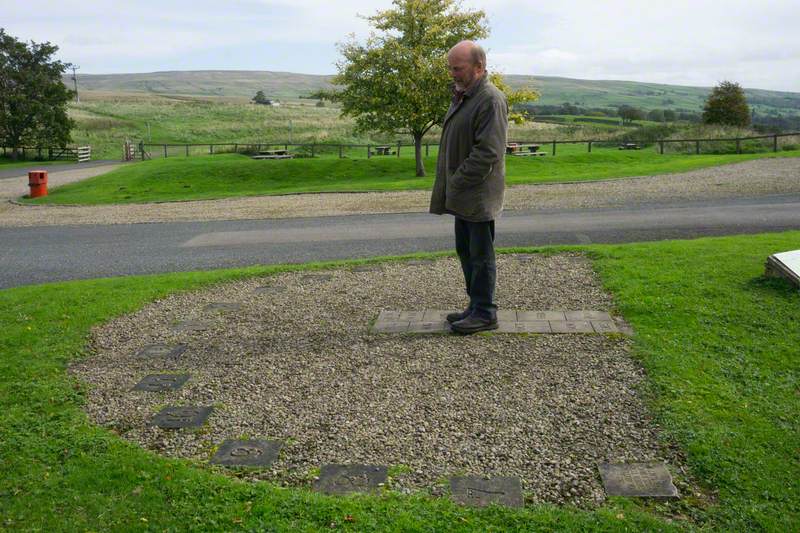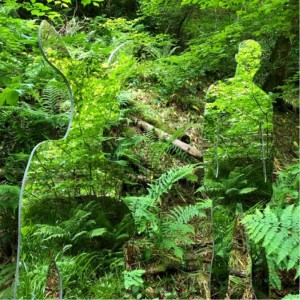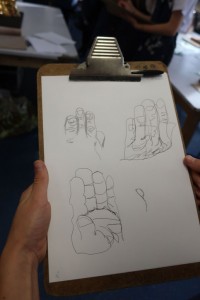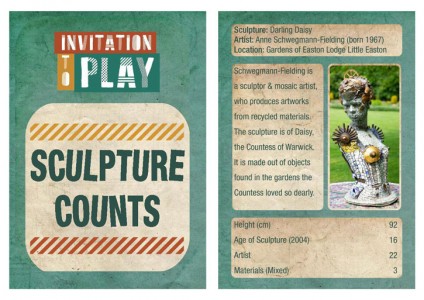The summer holidays are almost here! For this week's Home School, we want to celebrate the season by inviting you to write your own summer haiku poem inspired by artworks on the Art UK website as in the following example:
The barrier lifts
to free sun-dazzled drivers.
The attendant smiles.
A. J. and Mates, Car Park Attendants
2001
John Michael Whiskerd (b.1932) 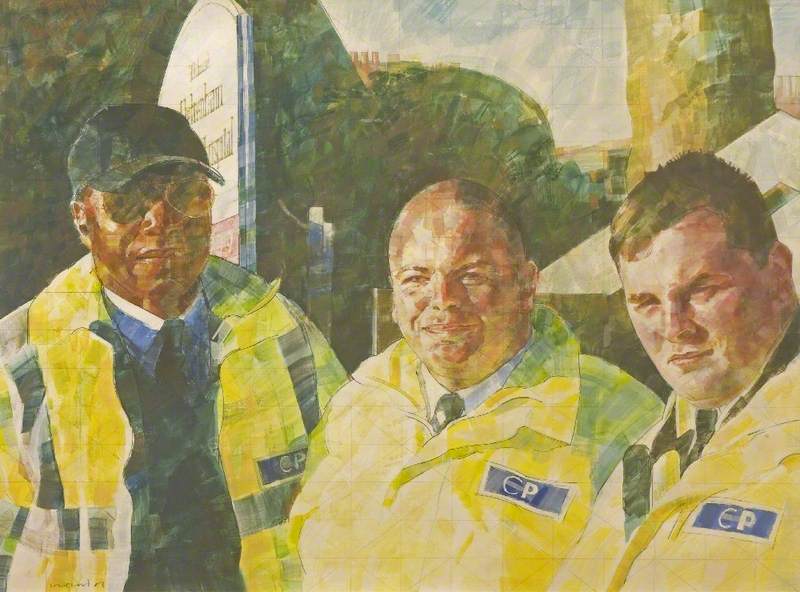
The haiku is a short Japanese poetic form which often depicts nature and the changing seasons. In seventeenth-century Japan, they were often written by artist-poets (most famously Matsuo Bashō) who would incorporate them into haiga paintings.
In their English variant, haikus tend to be composed of three lines with the following syllabic structure:
Five syll-a-bles first,
then sev-en syll-a-bles next,
then a fin-al five.
You'll often find English haikus with fewer syllables per line, but in most cases, the middle will be the longest.
The haiku form is popular with those attempting to write poetry for the first time because:
- it is a short form so is quick to read, write and share
- rhyme clichés are easily avoided as no rhyming is required
- it encourages writers to focus on something visual and concrete (like an artwork!), which is always a good starting point for writing poetry, rather than getting caught up in abstract thought
In my own writing practice, I have often used haiku in collaborative art projects, such as the following weaving created by fibre artist Frieda Strachan which features a summer haiku in North East Scots (Doric):
Weaving with a haiku in Doric
textile by Frieda Strachan, poem by Shane Strachan. English translation: 'Summer is here / with a white sheet of sea-mist / to blanket us' 
Their three-line length has also made them particularly popular with land artists and sculptors:
Have a go at creating your own summer-inspired haiku by searching the artworks on the site with a keyword such as 'summer' or something that reminds you of this season, i.e. 'ice cream', 'beach' or 'sunglasses'.
For instance, here are a couple of examples of haikus I've written in response to artworks that appeared under a 'summer' search:
Tethered to my grip,
the kite tries to free itself
from earth's hold on me.
Hear my shadow tick
as the summer night stretches
its dark silhouette.
Share your own summer haiku with us on Twitter or Instagram by tagging @artukdotorg with the hashtag #ArtUKHomeSchool
Here are some examples from Twitter:
Although the sun hides,
— Art UK (@artukdotorg) June 24, 2020
the summer still glows with our
electricity.
Write your own #haiku about a work on Art UK for a chance to be featured in the next #ArtUKHomeSchool! #NationalWritingDay
'Summer Lightning' by Walter Richard Sickert (1860–1942) Photo: @walkergallery (CC BY-NC) pic.twitter.com/G2egAtBk3e
Grown wild and golden
— Art UK (@artukdotorg) June 24, 2020
by the silver stream, we leap
towards the unknown.
Write a #haiku about an artwork on Art UK for your chance to be featured in the next #ArtUKHomeSchool! #NationalWritingDay
'Kingcups' by Albert Joseph Moore (1841–1893) Photo: @YorkMuseumTrust (Public Domain) pic.twitter.com/m2t9sLj98f
Art, sculpture, painting
— Anne-Louise Quinton. (@AnneQuinton) June 24, 2020
Up close, real, we're waiting
But please do not touch pic.twitter.com/7aKh2bduaX
If you're aged between 15 to 18 and feel inspired to write more about art, you can take part in our Write on Art competition, an annual prize for young art writers we run in conjunction with the Paul Mellon Centre for Studies in British Art. Rose Aidin of Art History Link-Up also shared some tips and advice on how to approach the competition. The 2020 deadline is Friday 31st July 2020 and winners will receive fantastic cash prizes.
Shane Strachan, Learning and Engagement Officer (Scotland and Northern England) at Art UK


